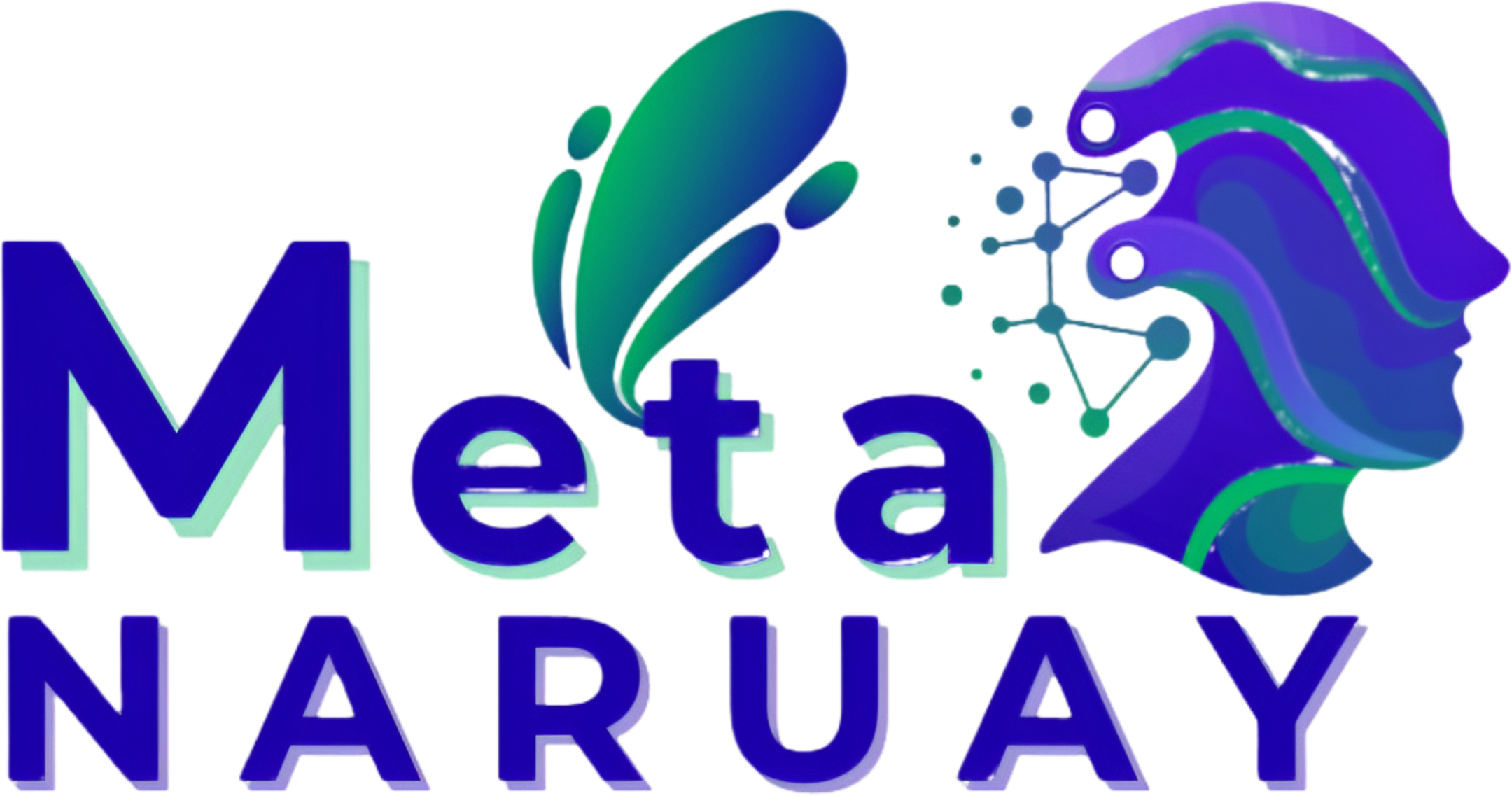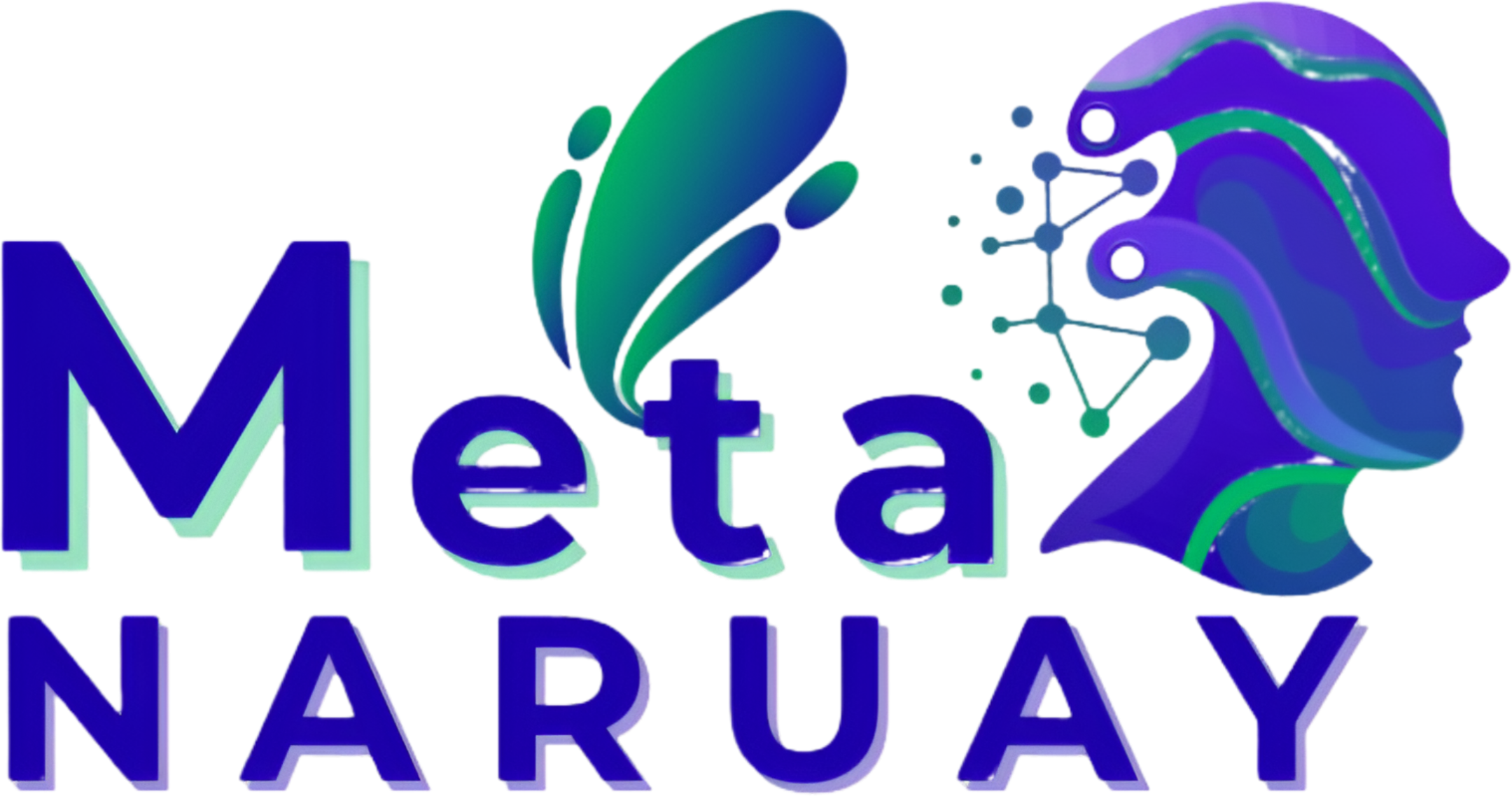The global landscape of the **Organoids and Spheroids Market** is currently dominated by North America, but dynamic shifts in technological adoption are rapidly reshaping the competitive balance. North America's market leadership is secured by several deeply entrenched advantages: vast R&D budgets allocated by major pharmaceutical companies and leading academic institutions, a strong culture of collaboration between industry and research, and substantial government funding (like NIH grants) supporting stem cell research and regenerative medicine. The U.S. and Canada were early adopters of 3D culture technology, quickly recognizing its potential to revolutionize the drug discovery pipeline and replace costly animal models. This early investment has established a mature ecosystem complete with specialized vendor support, technical expertise, and a high concentration of key market players, ensuring its continued, robust revenue contribution.
However, the Asia-Pacific (APAC) region is forecasted to exhibit the highest Compound Annual Growth Rate (CAGR) globally, representing the most significant growth opportunity for vendors in the coming decade. This surge is driven by aggressive government initiatives to modernize healthcare infrastructure, a strong focus on biomedical research, and a growing pool of highly skilled scientific talent in countries like China, Japan, and South Korea. These nations are heavily investing in stem cell therapy and personalized medicine research, viewing it as a strategic national priority. Furthermore, the APAC region often has a less restrictive regulatory environment for certain types of stem cell research, allowing for faster protocol development and commercialization of advanced 3D models. Detailed projections on regional market size, growth drivers specific to APAC countries, and competitive analysis tailored to the local market conditions are essential for strategic planning, and are comprehensively covered in the Organoids and Spheroids Market report. This investment influx signals a major shift in the global balance of biomedical research power.
Europe represents the third major regional market, driven by powerful research consortia and a regulatory framework (like the EMA) that is increasingly accepting of 3D models for toxicology and efficacy testing, particularly in sectors like cosmetics and chemicals where animal testing is heavily restricted. However, Europe's market growth is slightly tempered by stricter regulations regarding genetically modified organisms and certain stem cell lines compared to North America. The key competition, therefore, remains between the mature North American market and the high-potential APAC market. North American vendors are focusing on vertical integration and providing complete, automated HTS systems, while APAC vendors often excel at developing cost-effective, high-quality kits and reagents, often leveraging their expertise in microfluidics and large-scale manufacturing to gain a competitive edge in pricing and scalability.
The long-term regional forecast suggests a convergence, where global standards for organoid and spheroid generation (e.g., standardized scaffolds and media) will become the norm, allowing research outcomes to be more easily shared and replicated across continents. The APAC region's rapid adoption of advanced techniques and its willingness to integrate new technologies quickly will challenge North America's dominance in terms of innovation speed and application breadth. Ultimately, the **Organoids and Spheroids Market** will become truly global, with each region specializing in different aspects—North America in commercialization and HTS, APAC in new manufacturing and foundational research, and Europe in ethical and regulatory integration—collectively driving the technology toward its inevitable clinical realization and widespread use in drug development worldwide.




